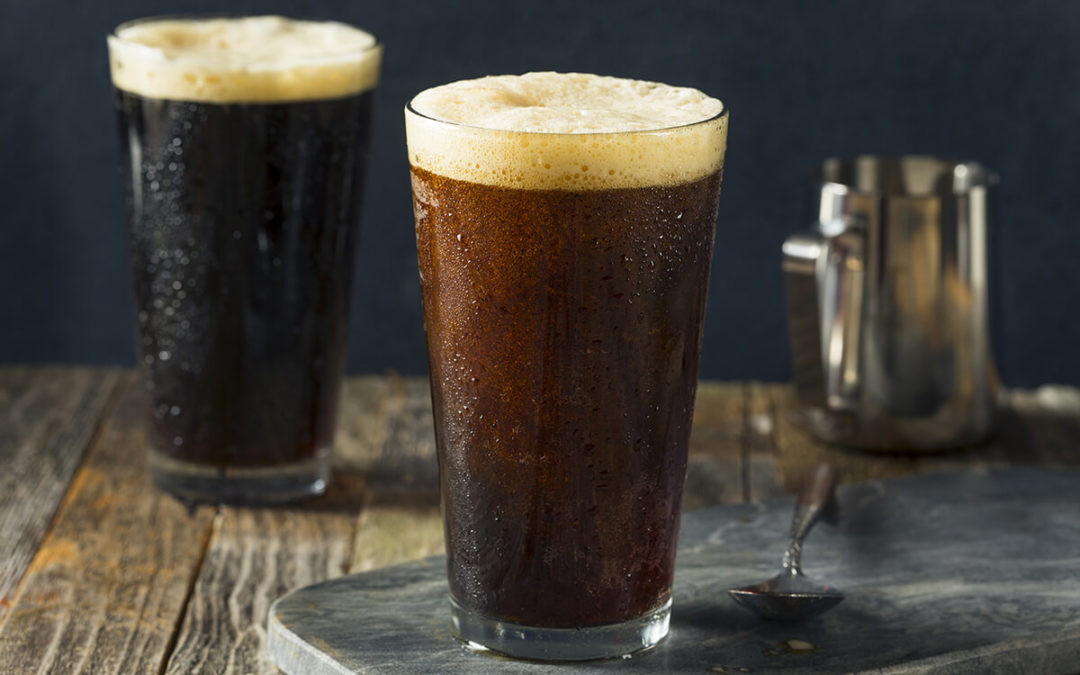The next time you walk into a taproom or brewpub, there is a good chance that they will have at least one “nitro” beer on tap. Beers carbonated with nitrogen (or actually a mix of nitrogen and carbon dioxide — more on that later) have been the standard for stouts and even some creamy or pale ales for decades. As of recently, the carbonation technique has been applied to more types of beers, like the ubiquitous IPA.
Nitro beer carbonation was invented by a man named Michael Ash, a mathematician who graduated from Trinity College at Cambridge with top honors in 1948 and taught mathematics for a few years before joining Guinness & Co. in 1951.
In 1955, Ash was given his own department and assigned with solving the “Draught problem”. At the time, Guinness’s system for serving draught beer was slow and arduous and limited their distribution abilities.
It took Ash four years of research and development to create a two-part keg, which was initially labeled as an “Ash can”. One part was full of beer and the other was full of a blend of primarily nitrogen gas under pressure.
The system was launched on the 200th anniversary of Guinness in 1959 and was widely deployed throughout Ireland and Great Britain by early 1960.
Since then, nitro beers have been largely synonymous with Guinness. The brewer even launched “draught cans” in the 1980s that included a small nitrogen-releasing widget to simulate the draught experience.
Left Hand Brewing is largely credited with bringing nitrogen-infused beer to the American craft beer scene with the introduction of the Left Hand Milk Stout Nitro in a bottle. Since then, plenty of other breweries have gotten on board, and now it’s almost unusual to see a brewpub or taproom without at least one nitro tap.
How does it work? Nitrogen is less soluble than carbon dioxide (CO2), the gas more commonly used in beer (and soda) carbonation. So, you get smaller bubbles that rise through the center of the glass and create the nitro beer’s typical head and fall down the sides of the glass. Beer aficionados say that nitro carbonation gives the beer not only a creamier texture but also more evenly distributed flavors.
But here’s some insider knowledge: nitro beers aren’t made with pure nitrogen. The typical nitro tap mix is actually 70% nitrogen and 30% CO2. And that balance seems to give the best blend of qualities from both compressed gases.
So, the next time you enjoy a nice nitro draught, raise your glass to Michael Ash and his delicious invention.
